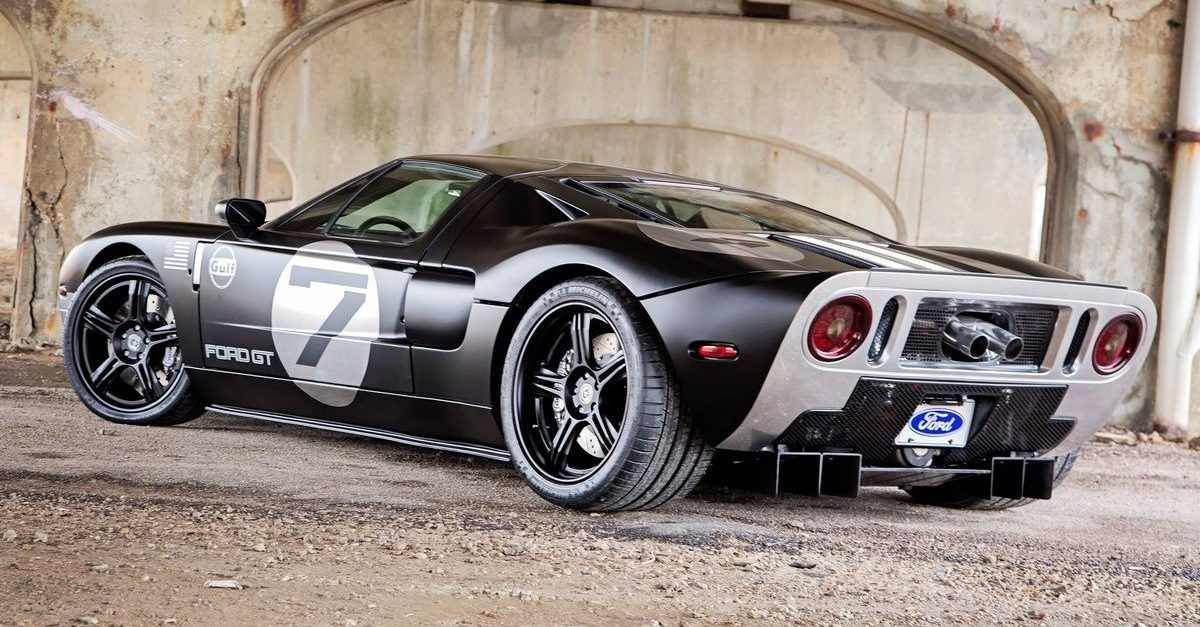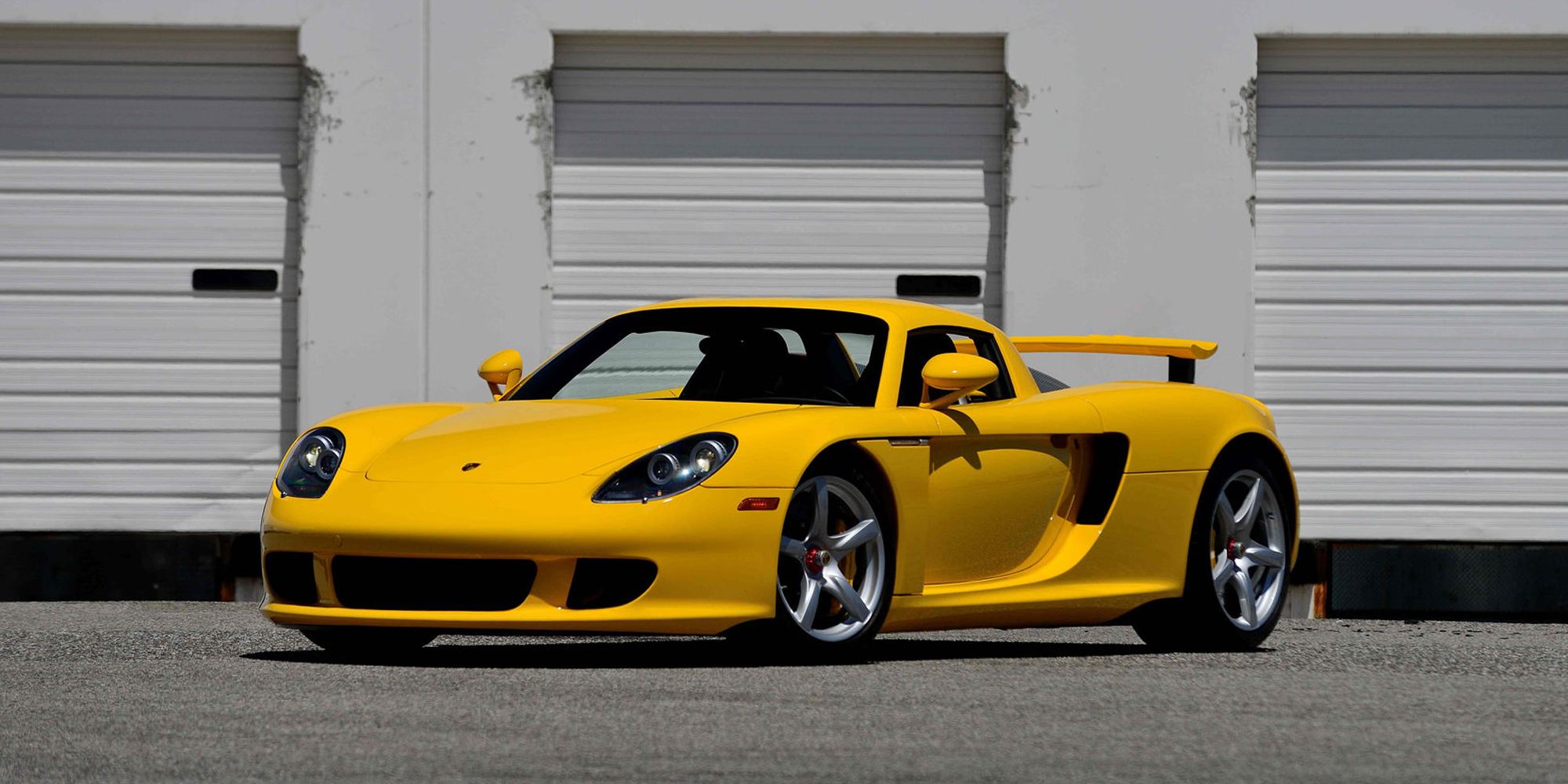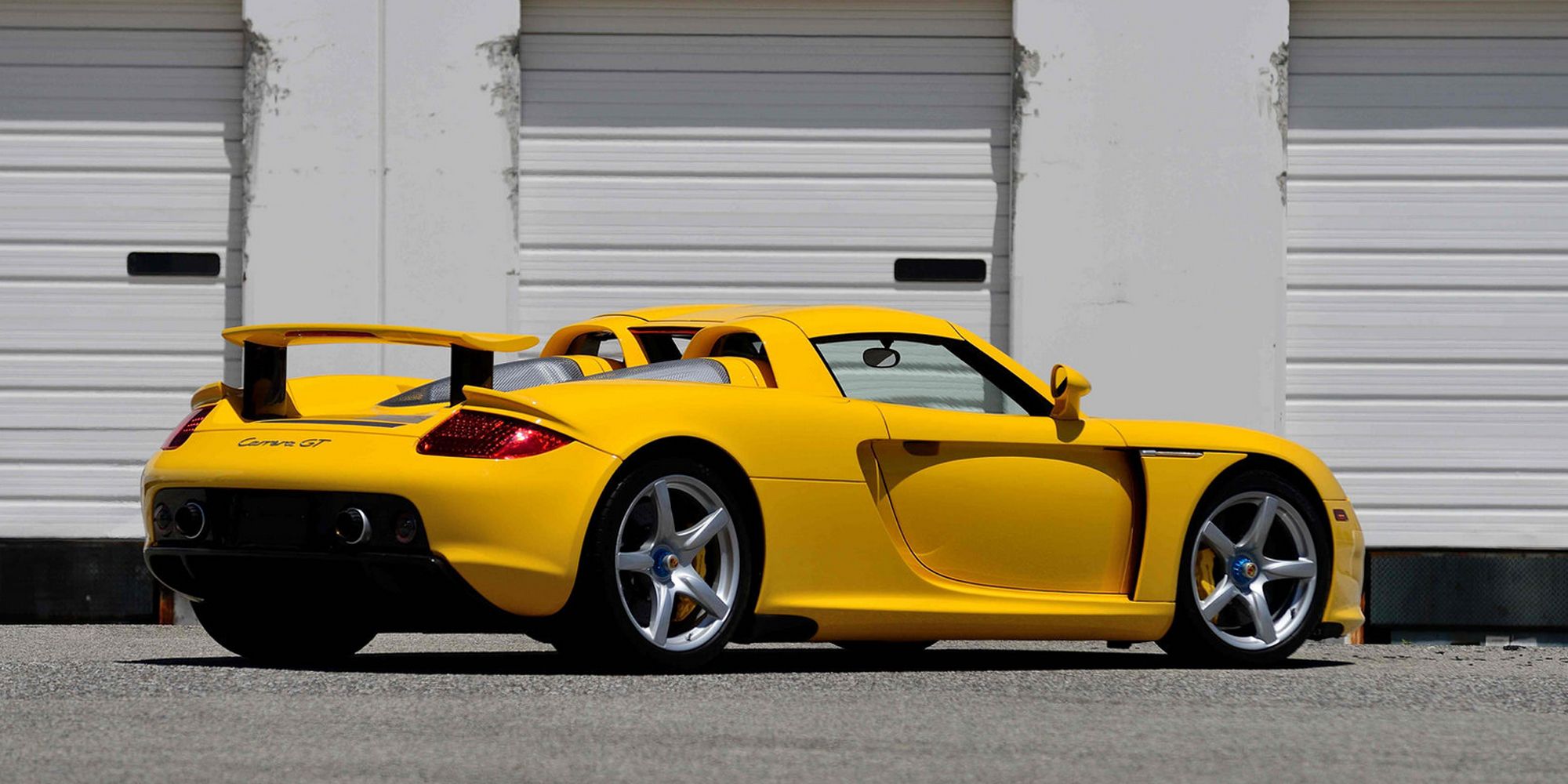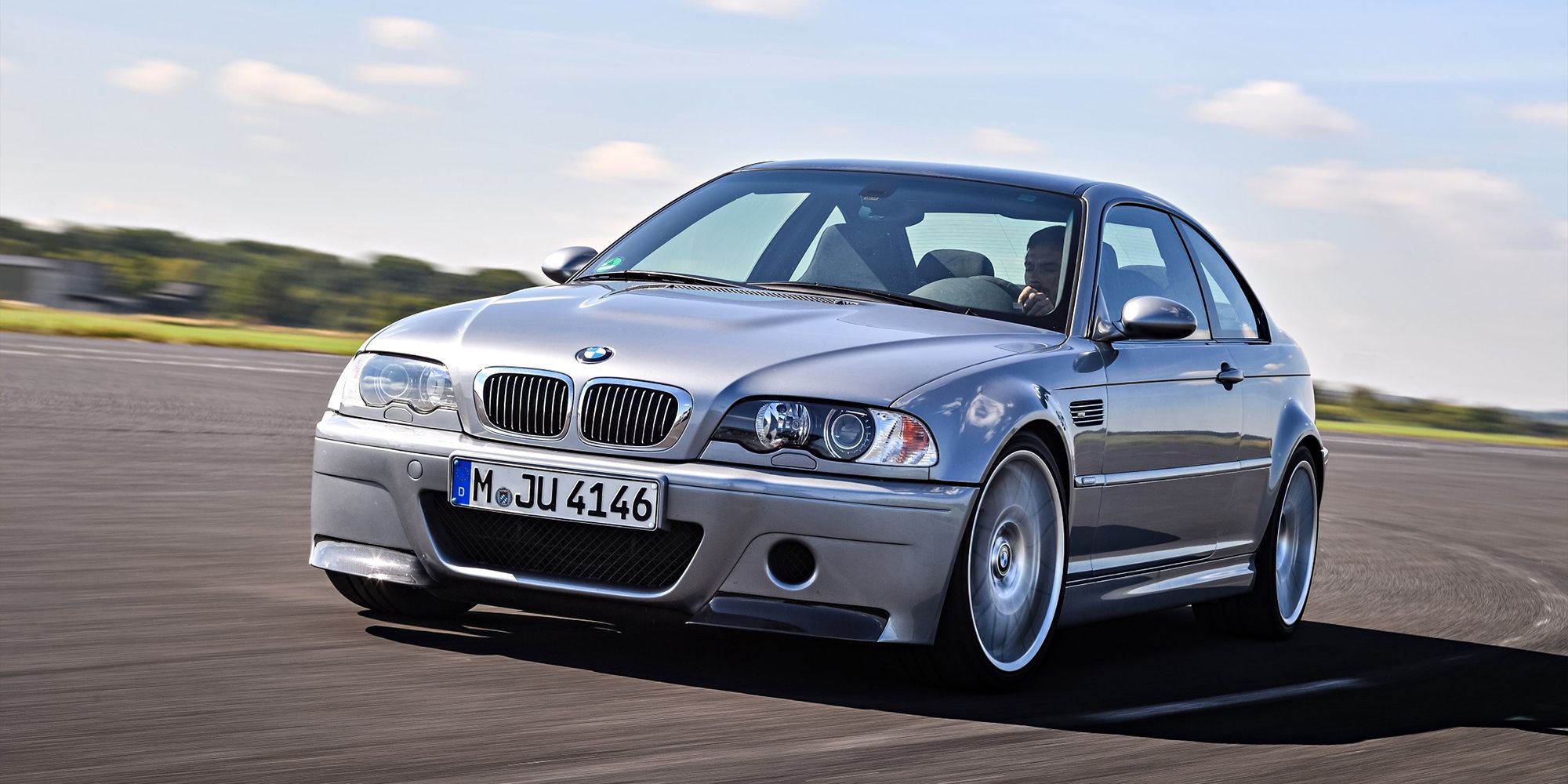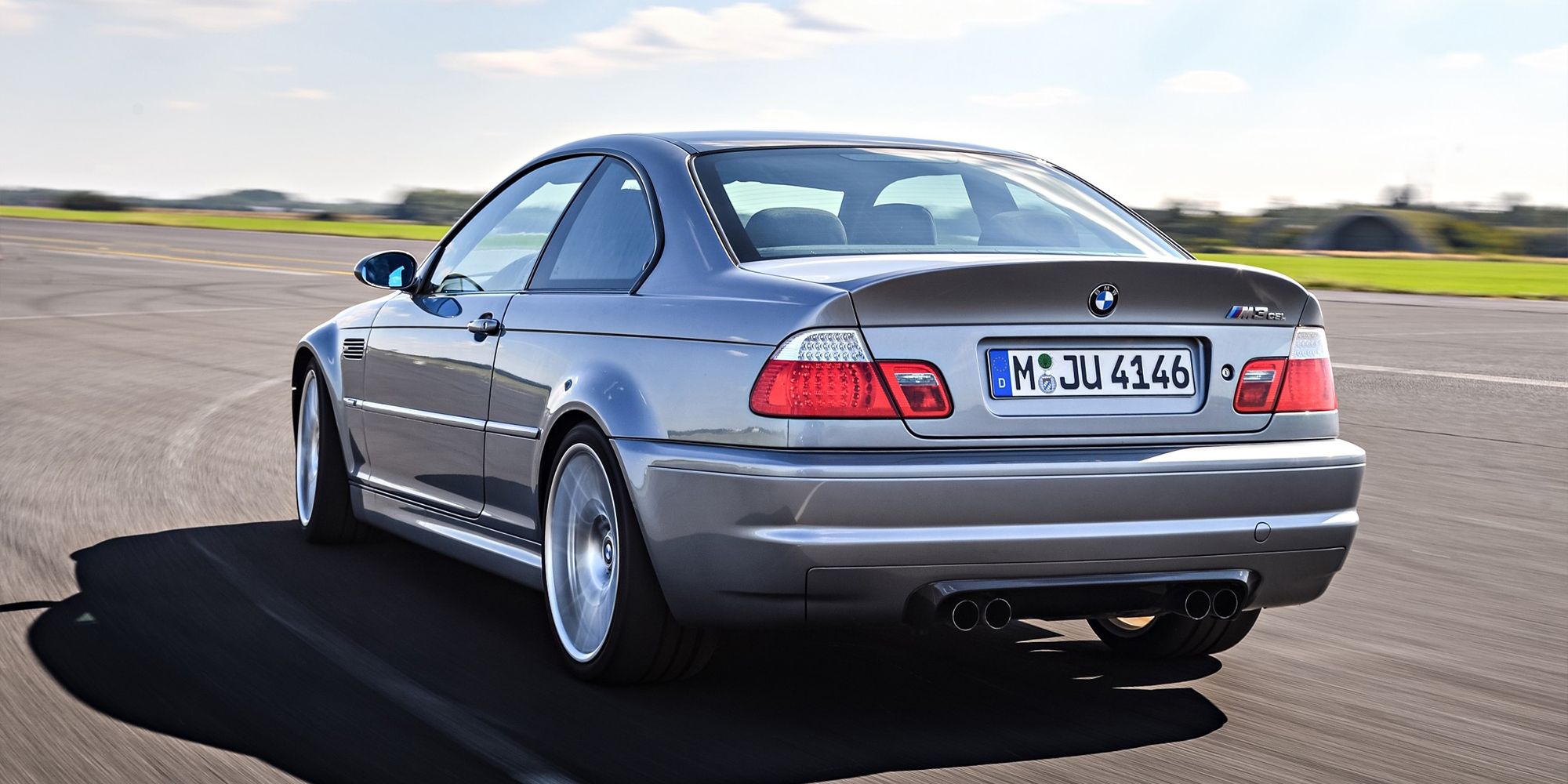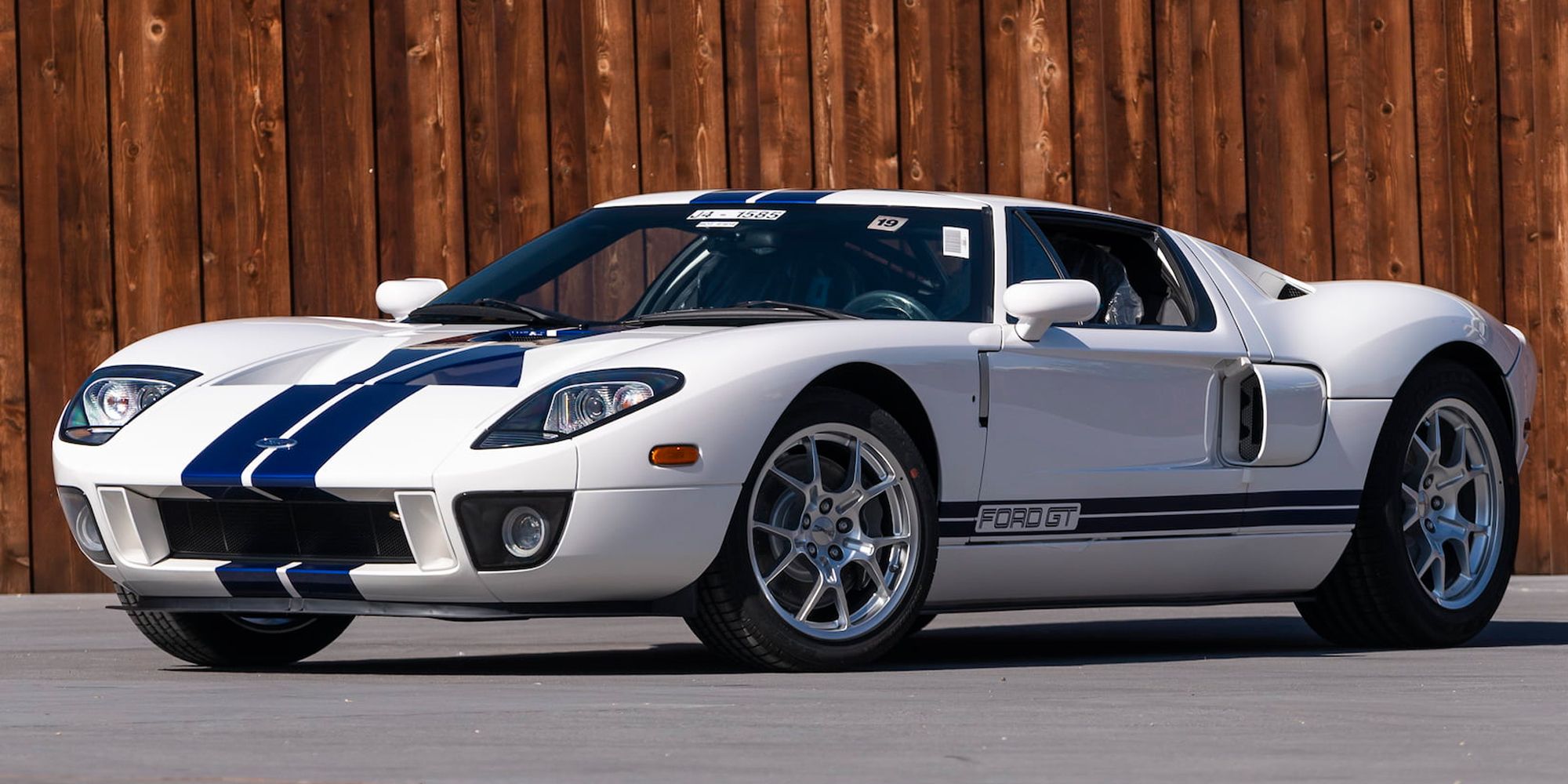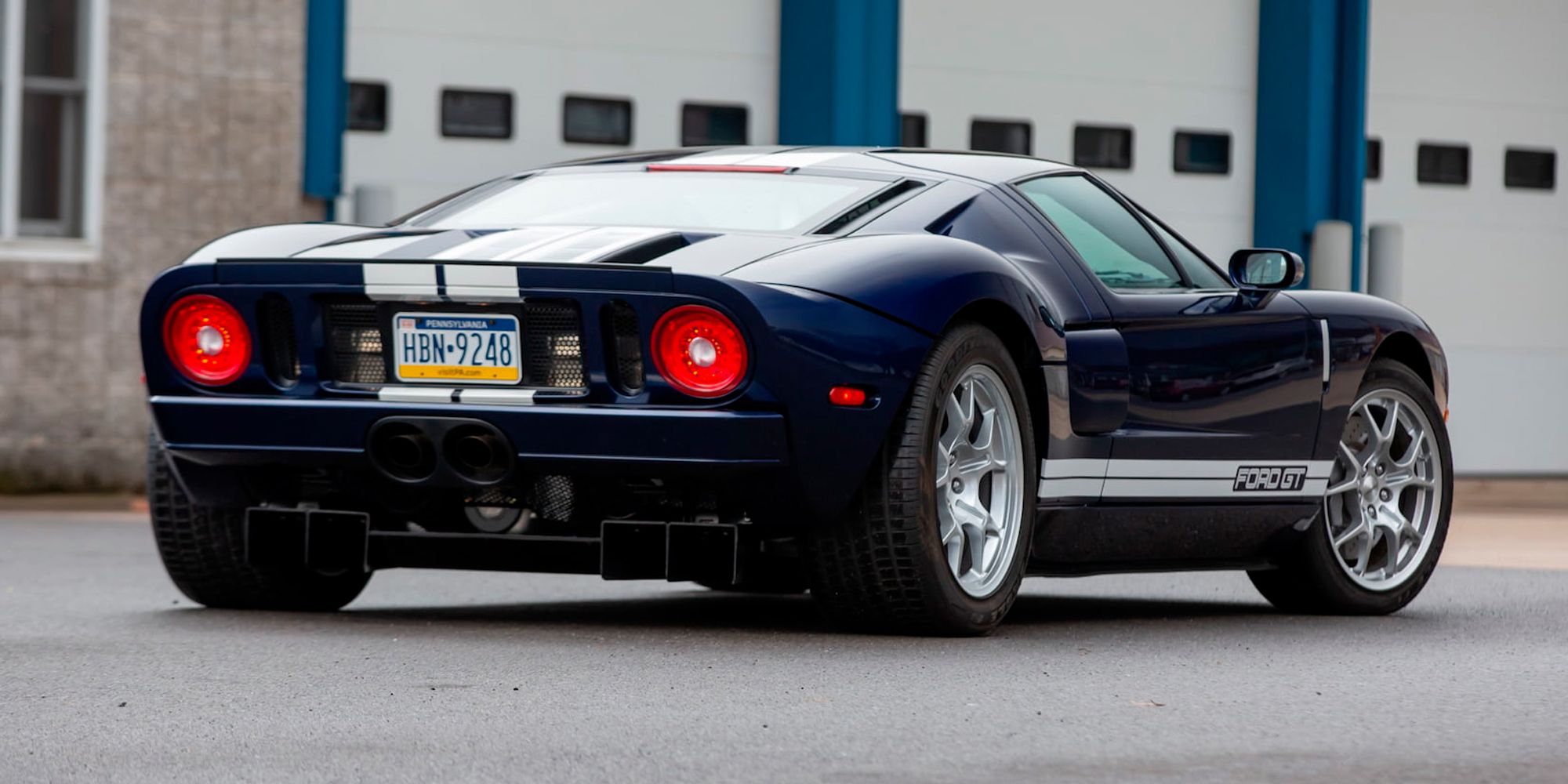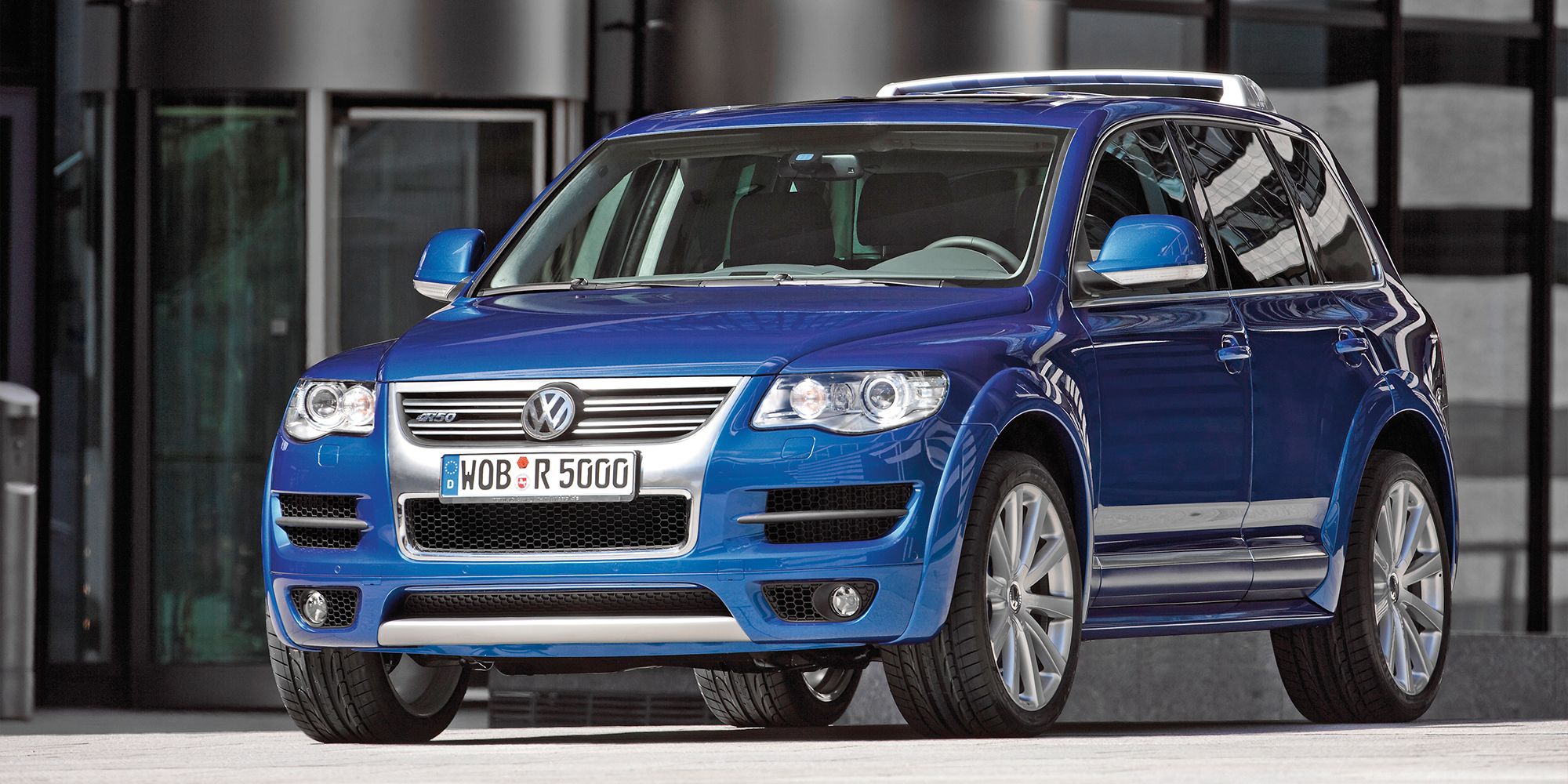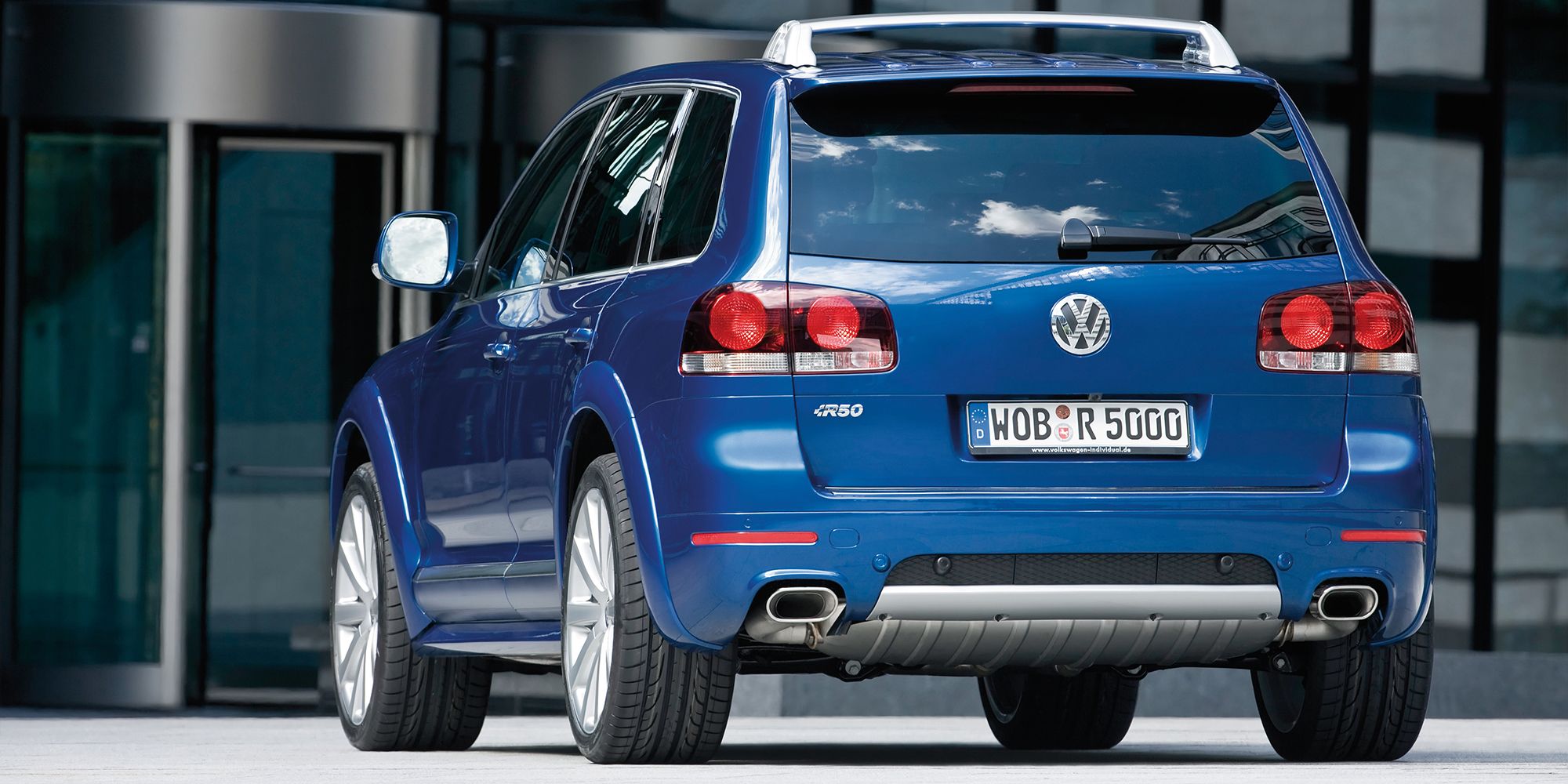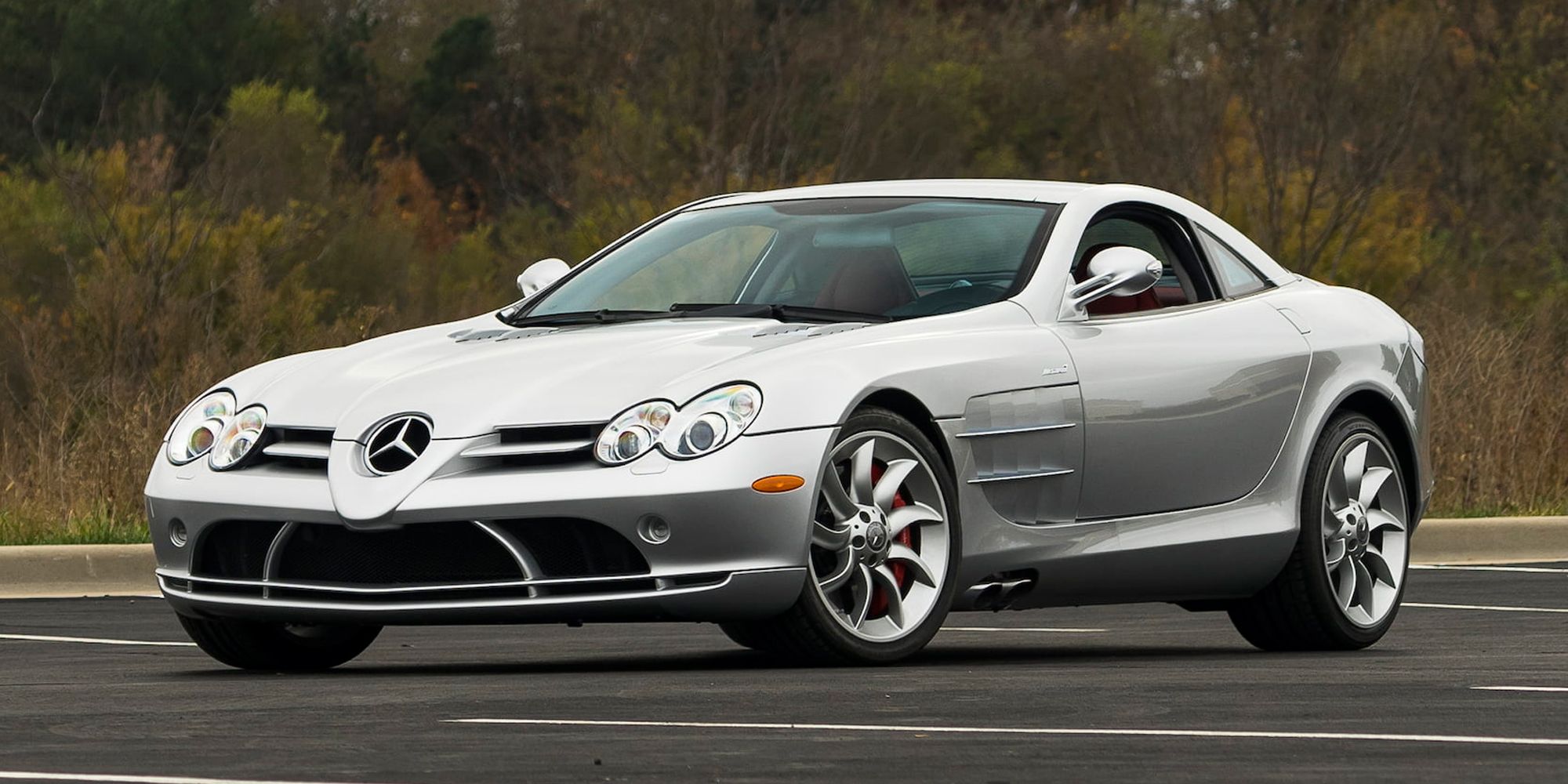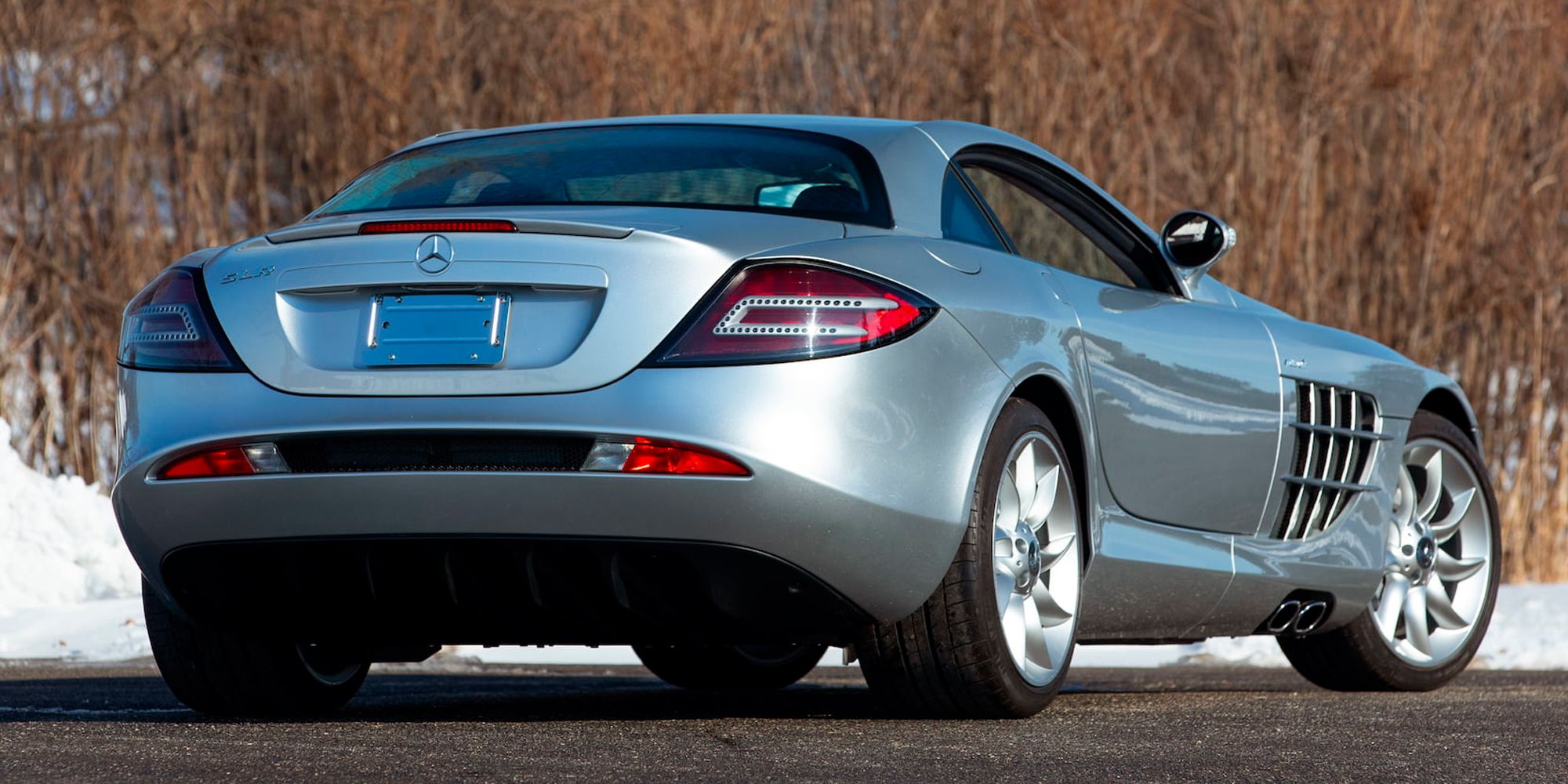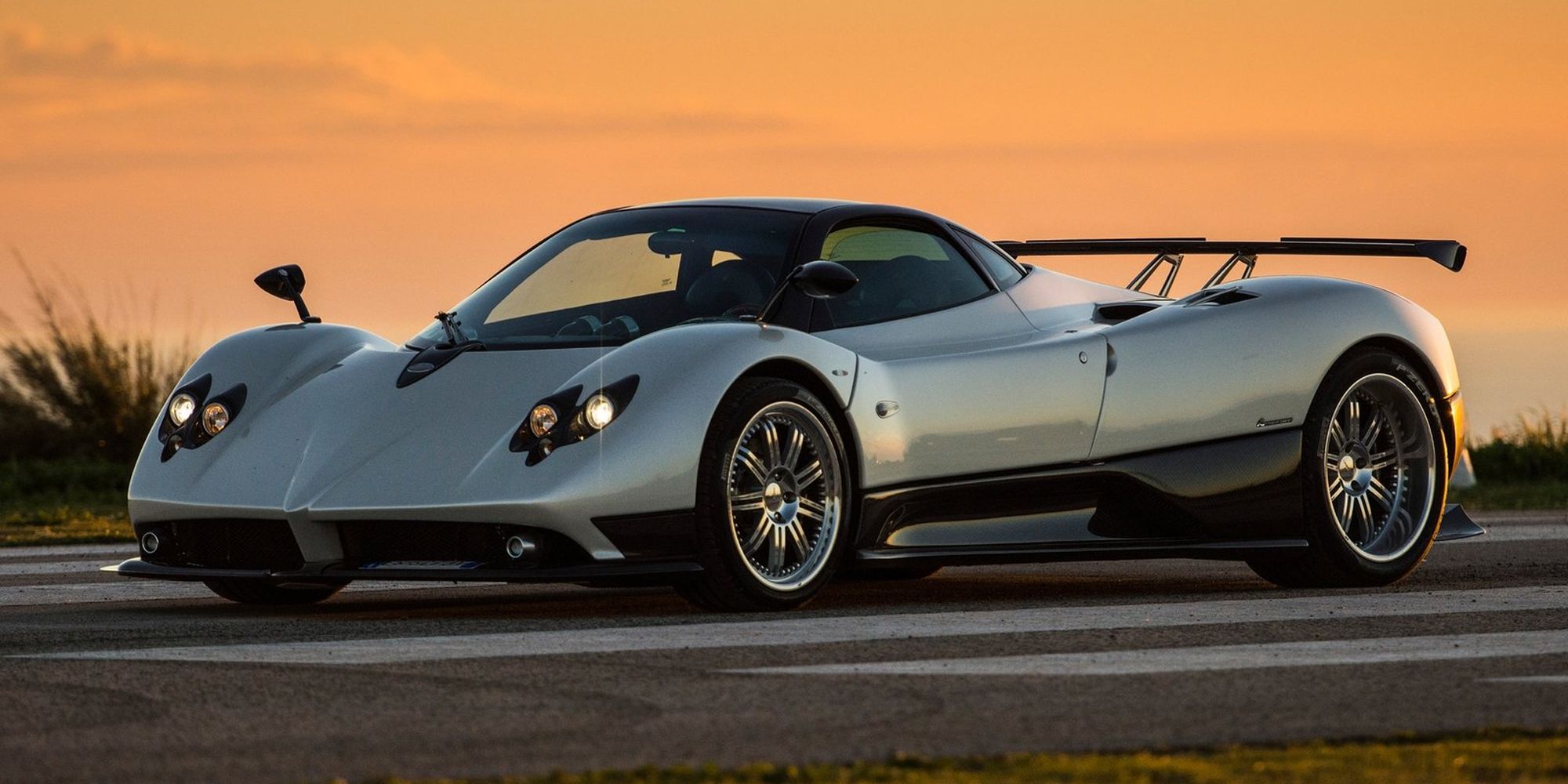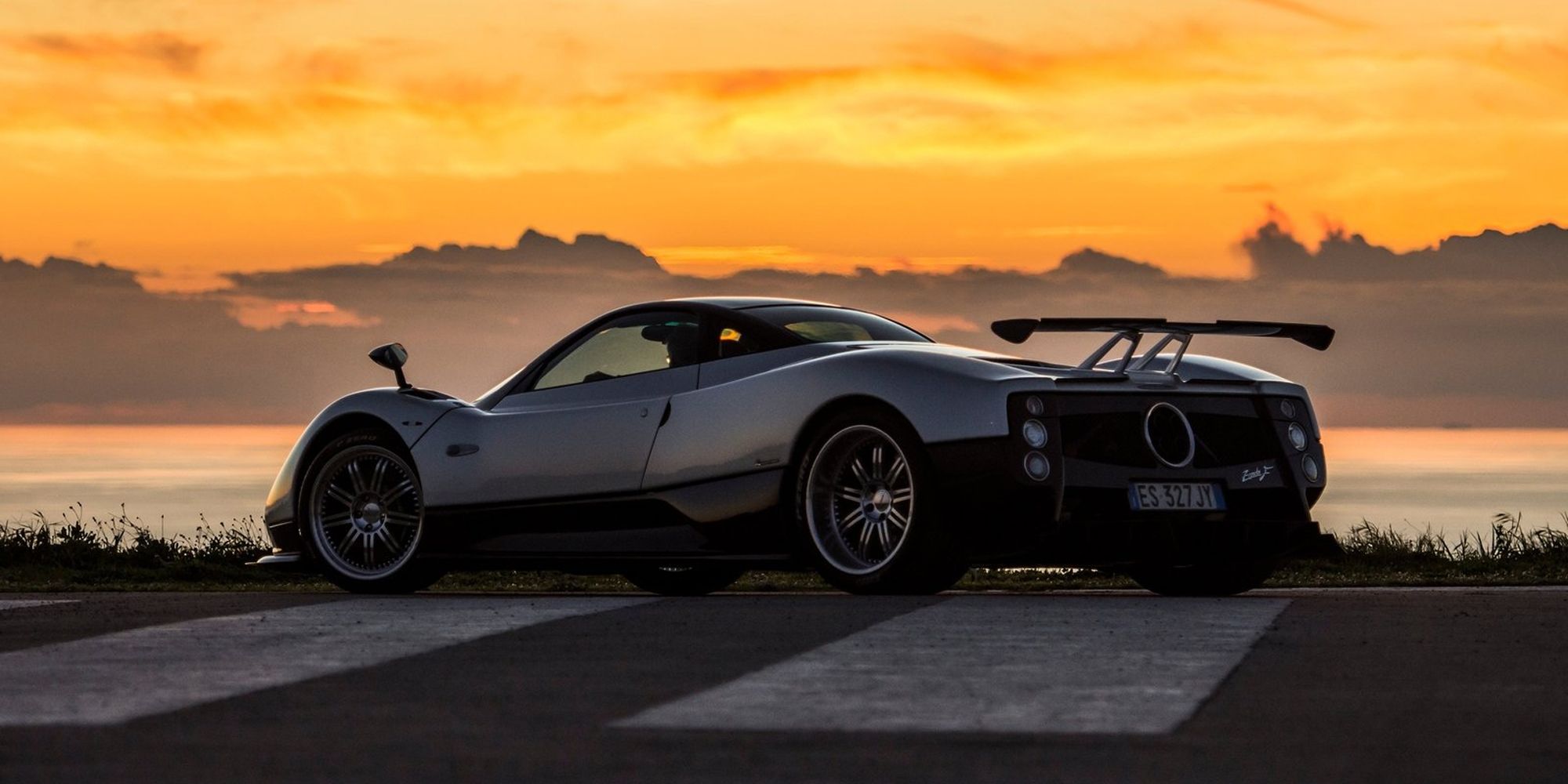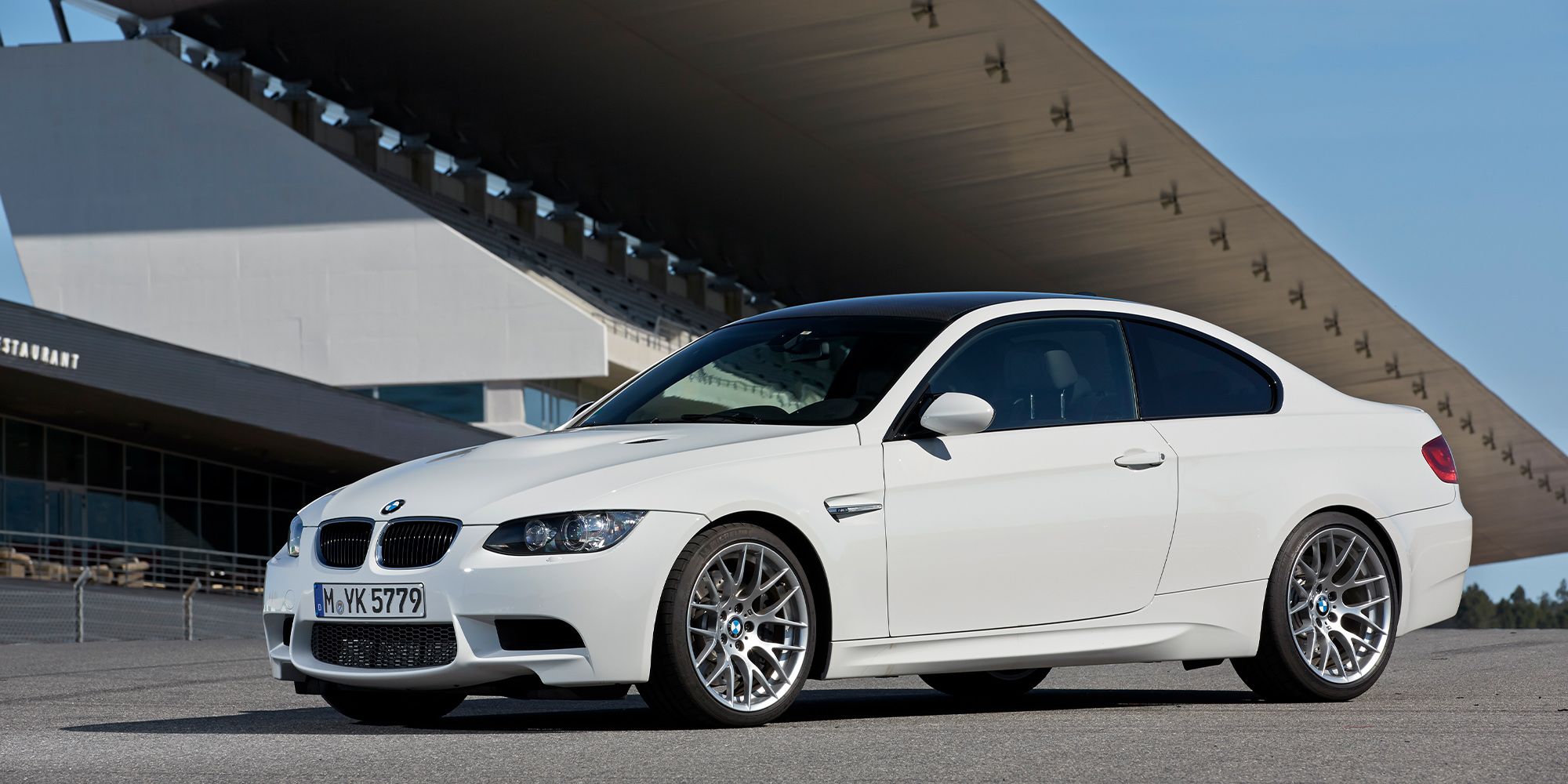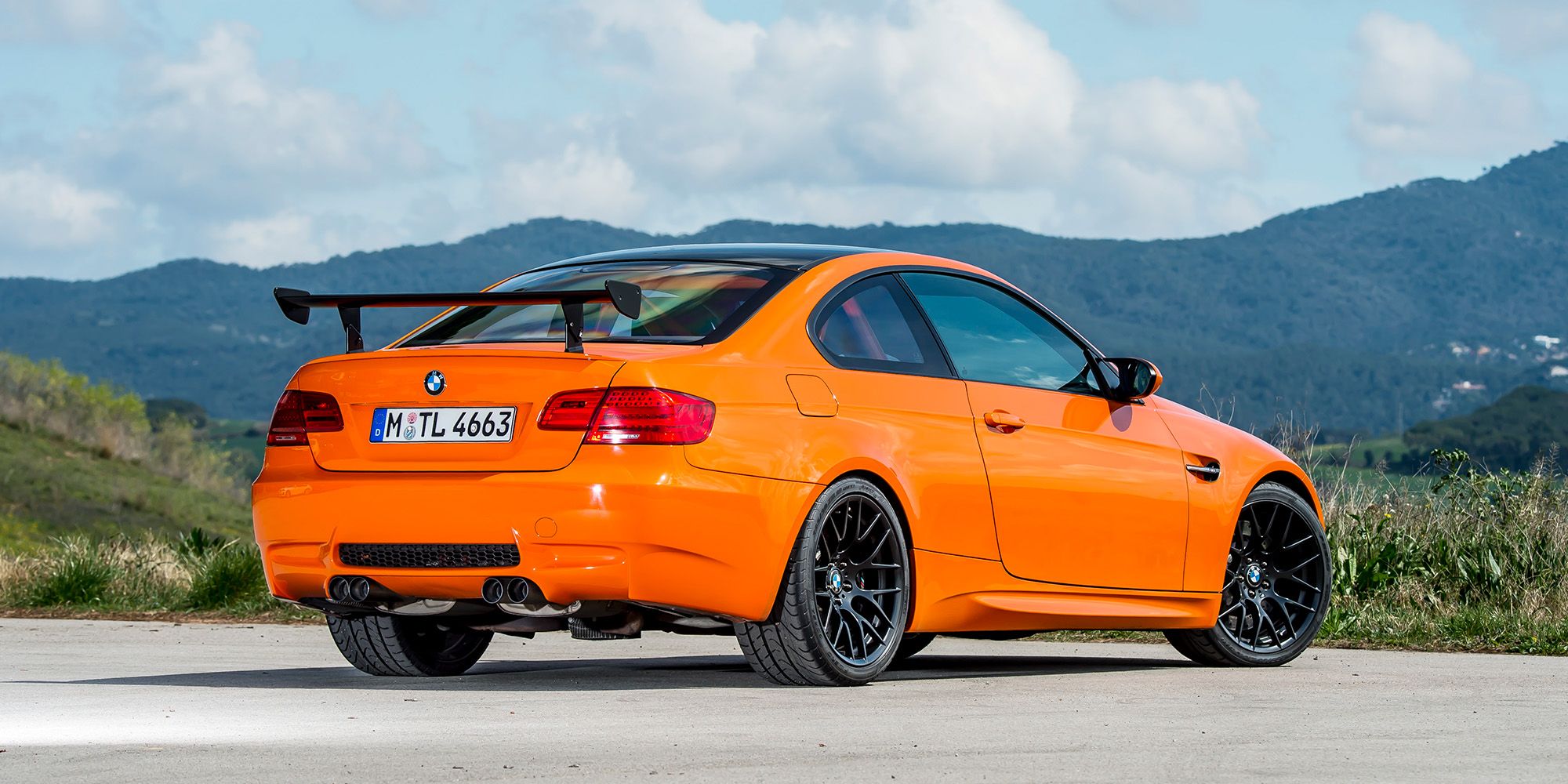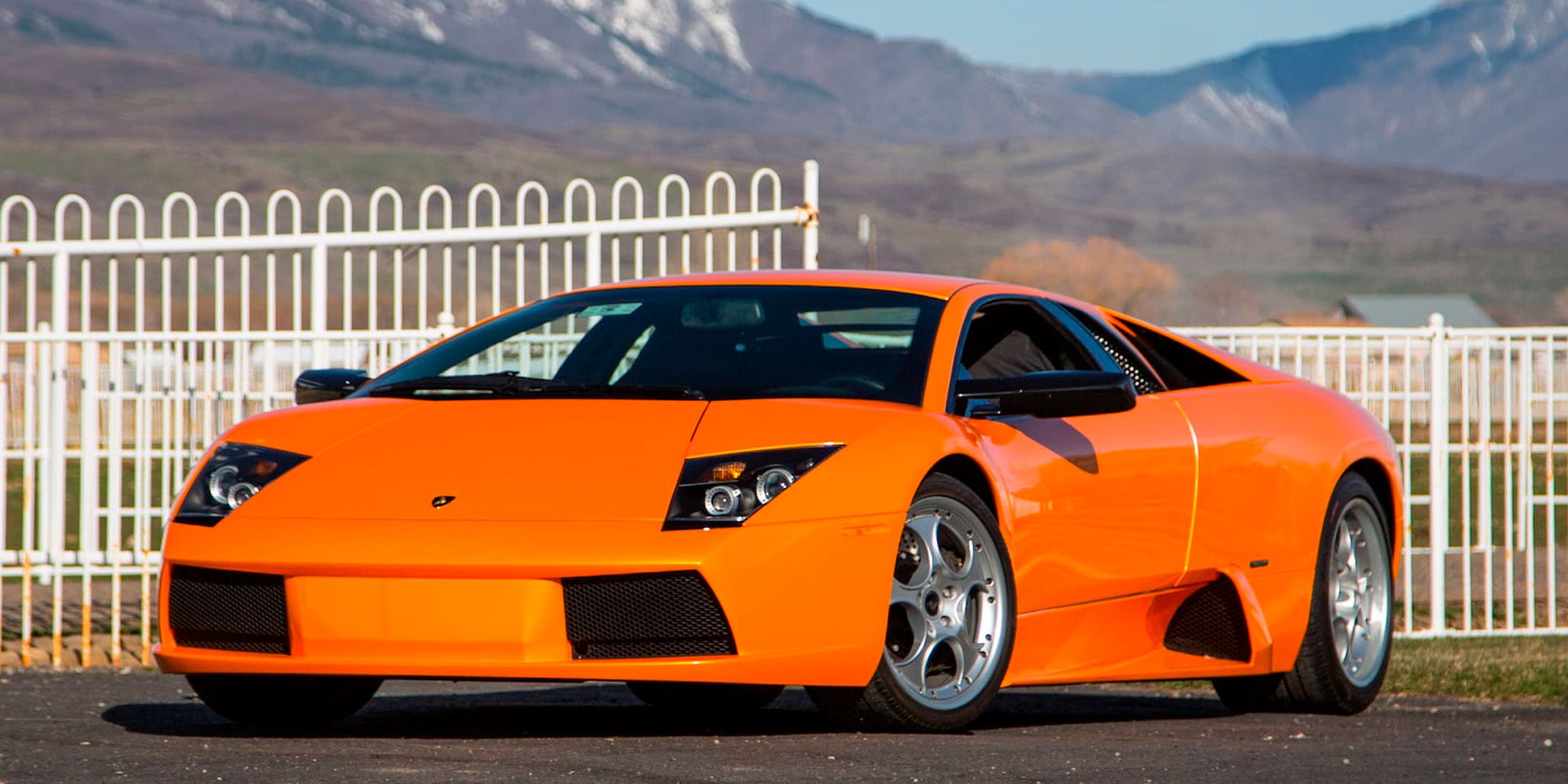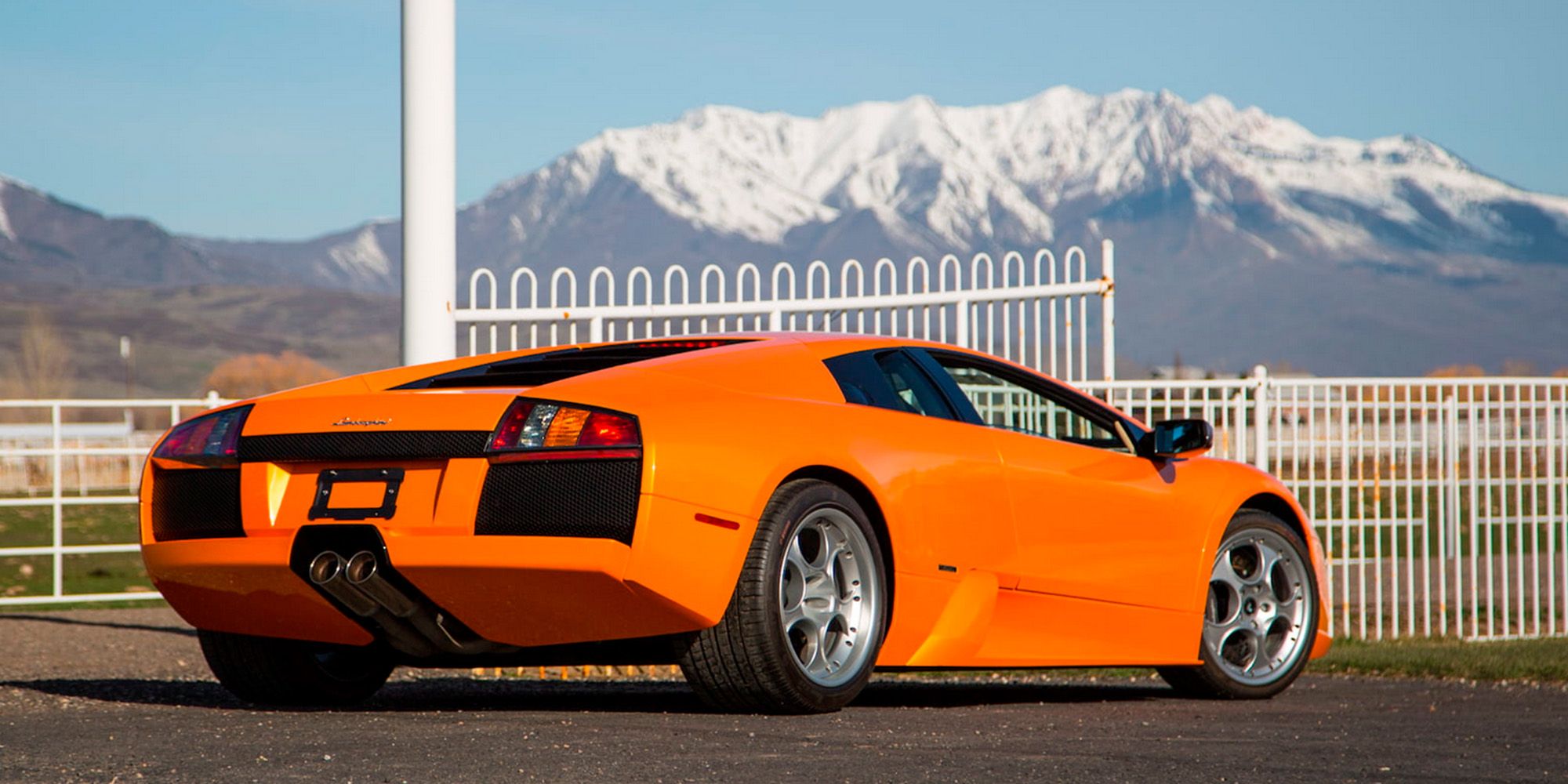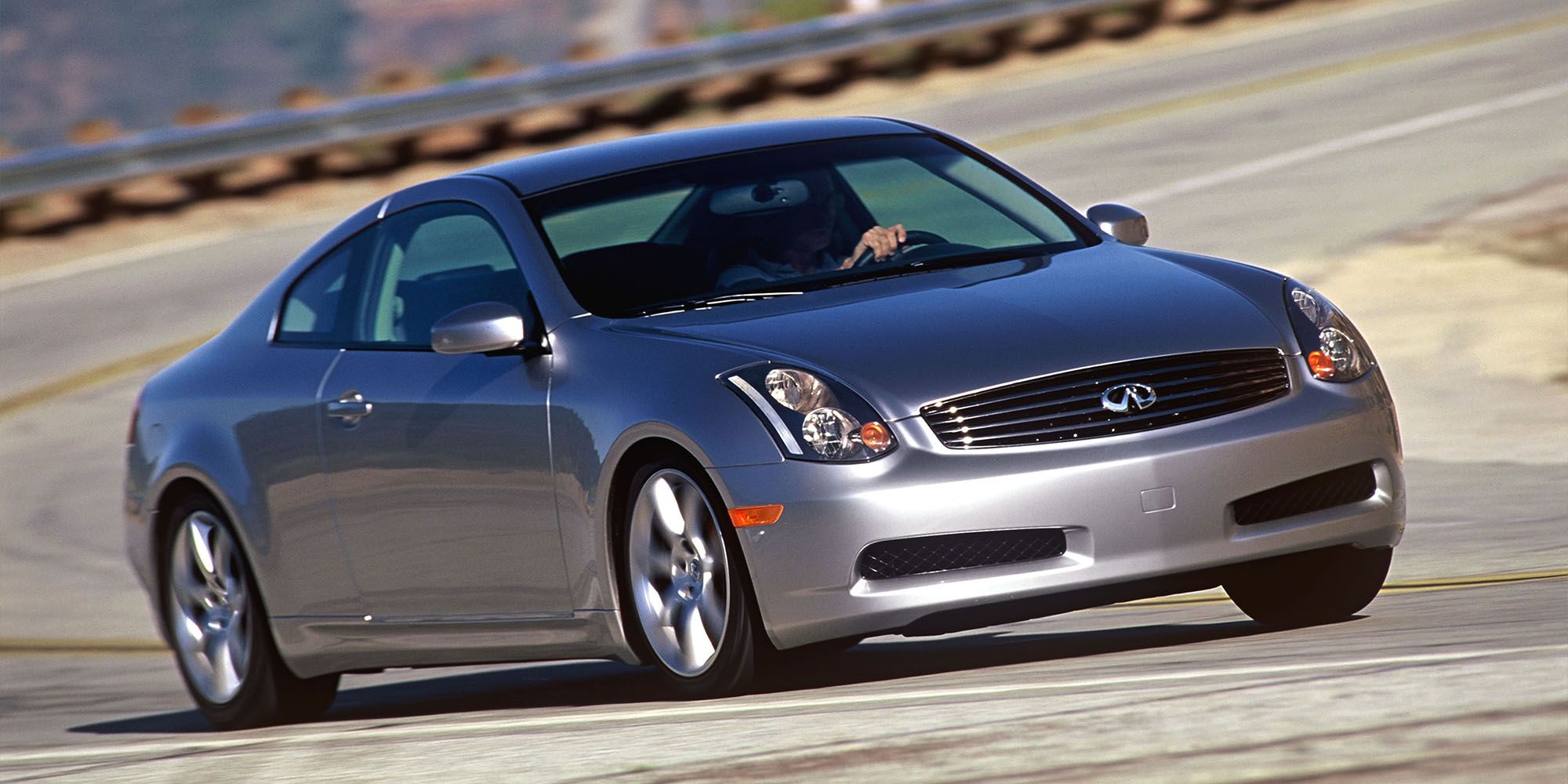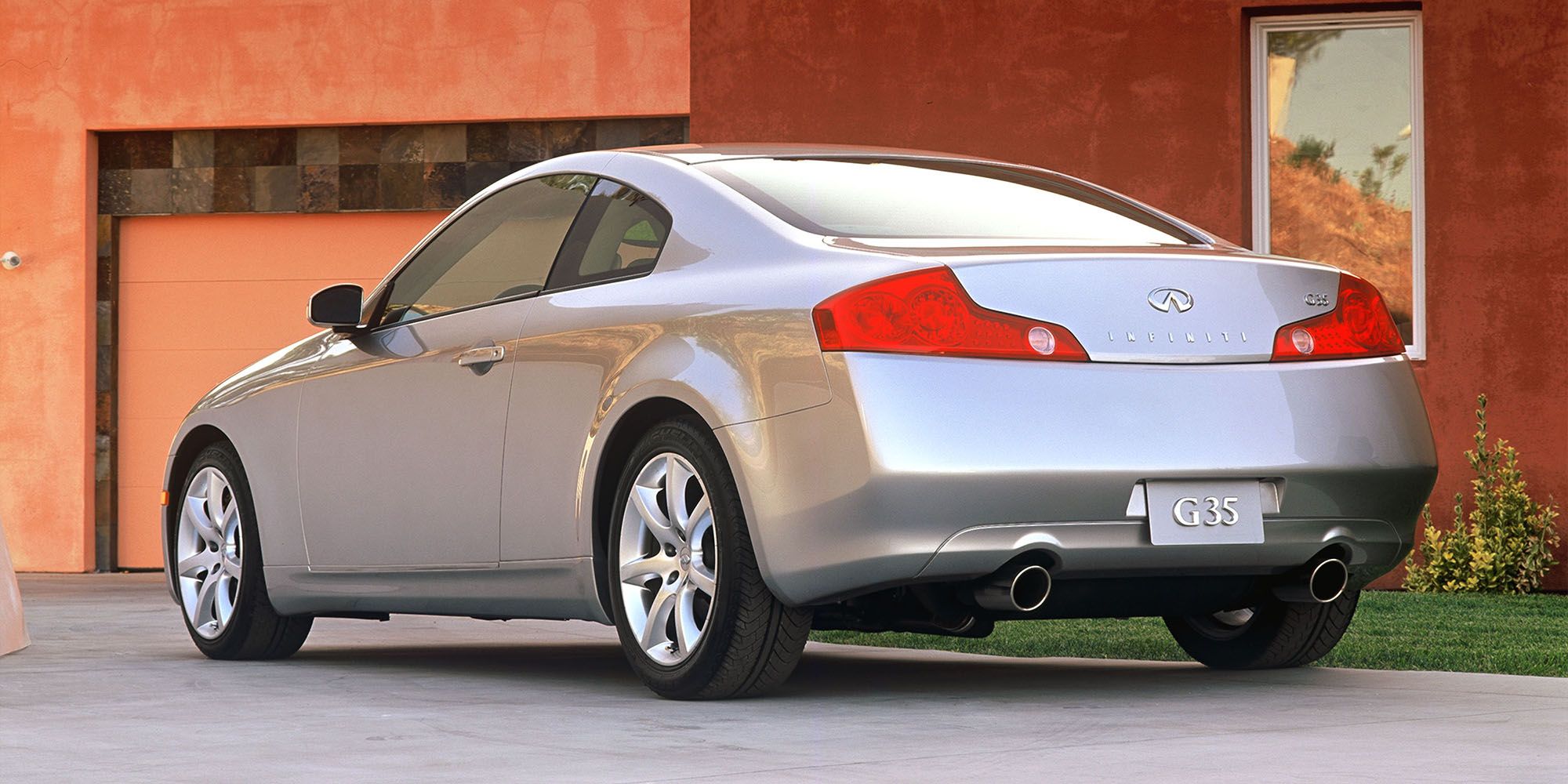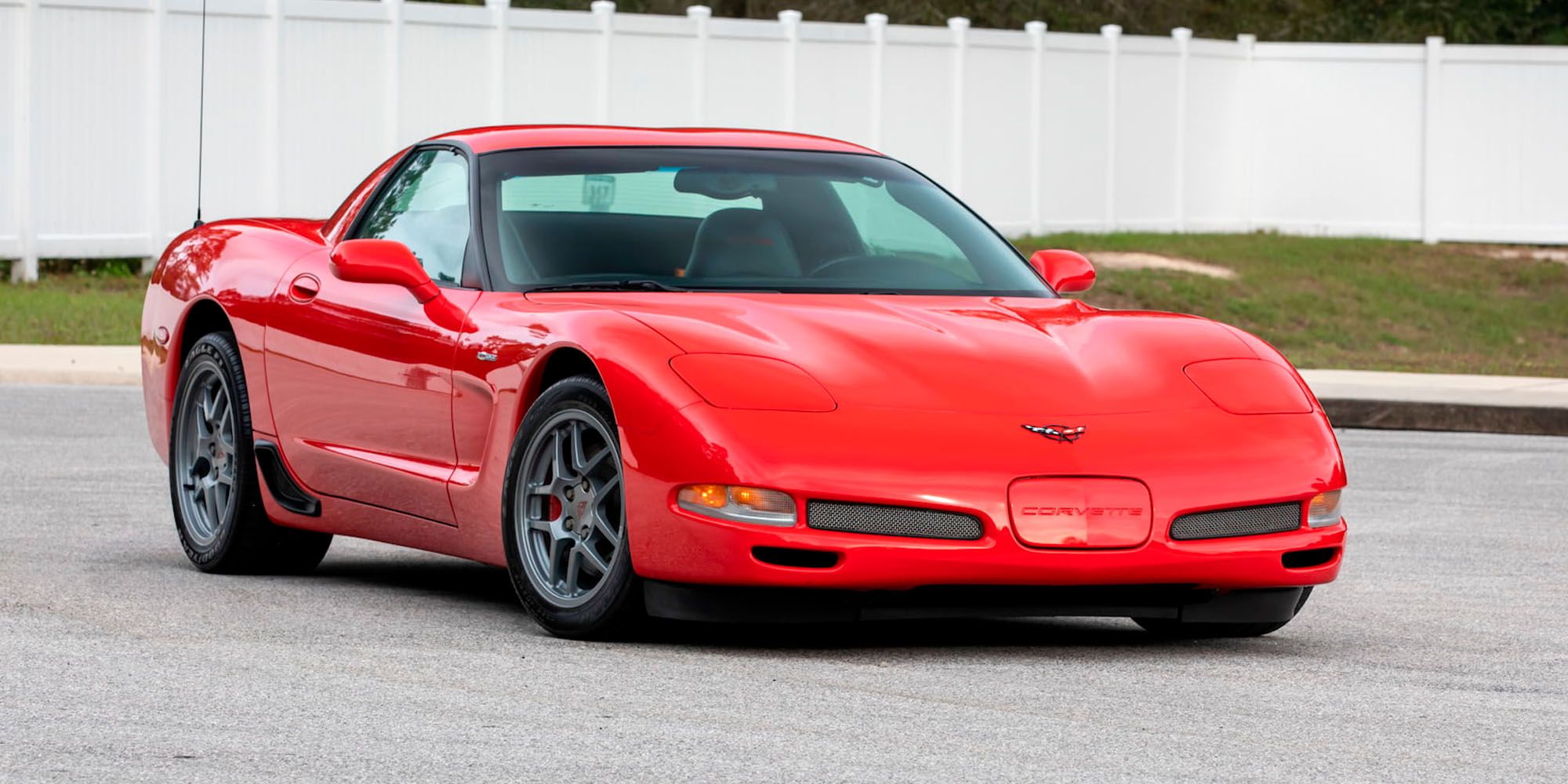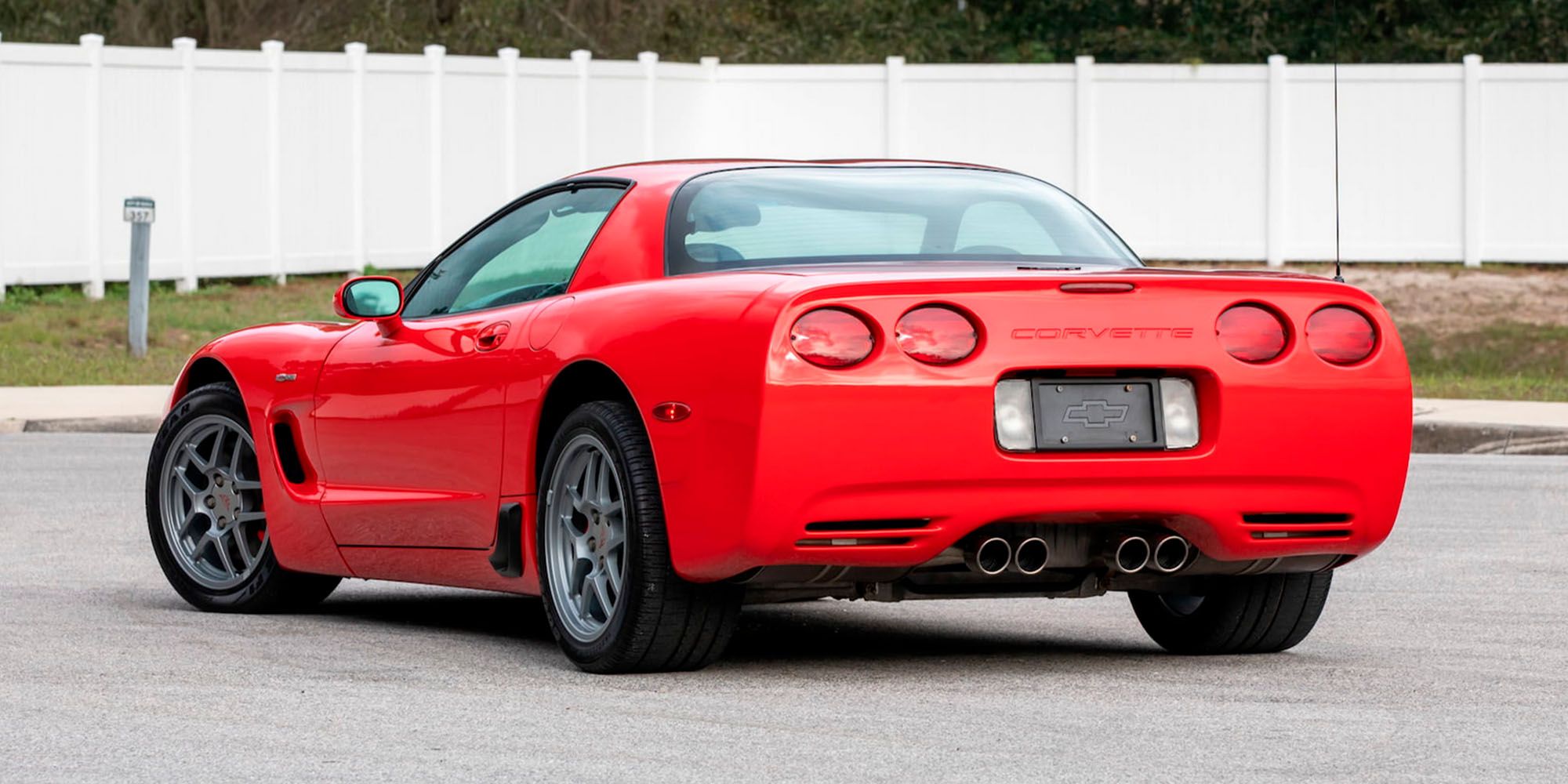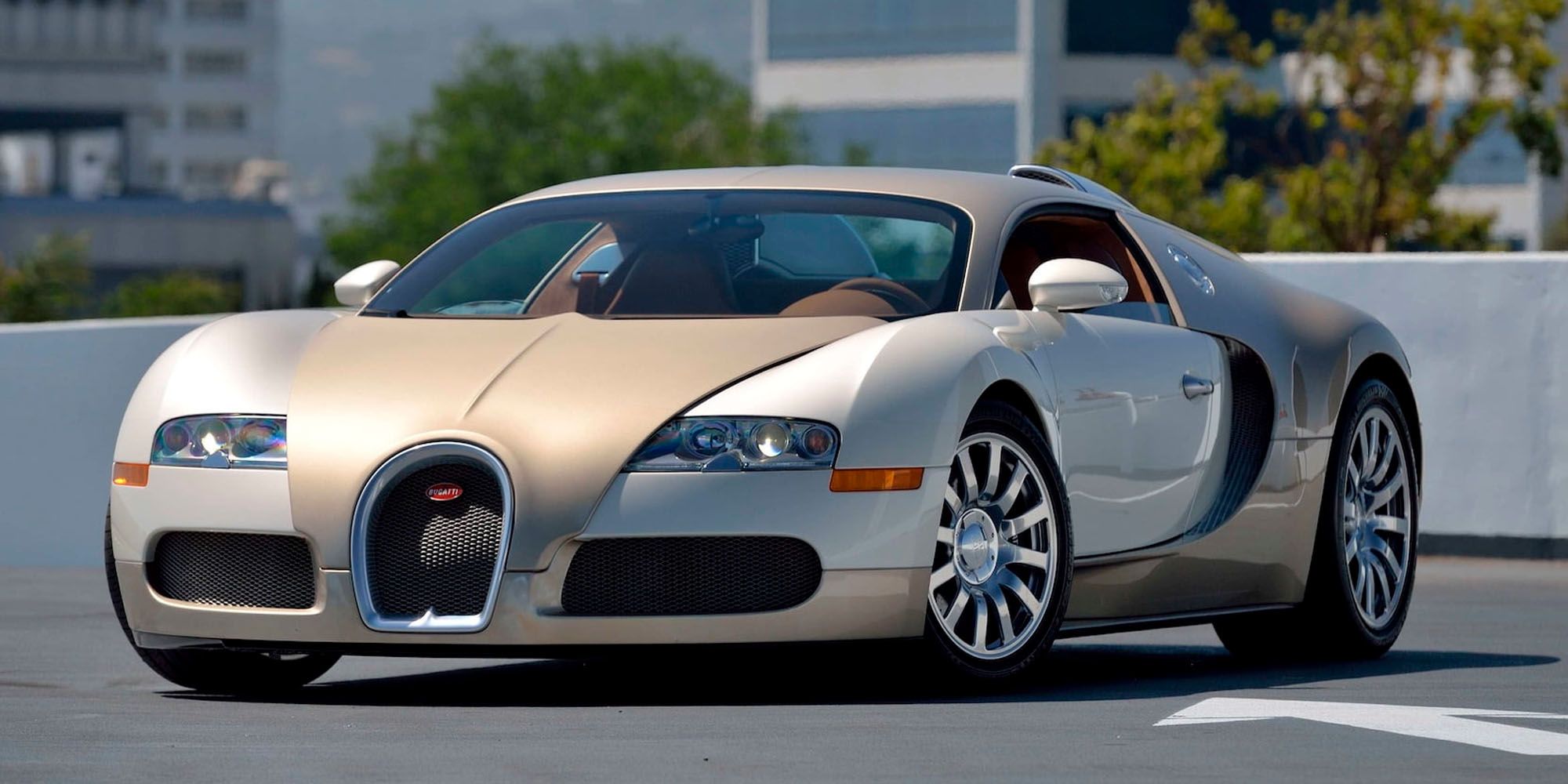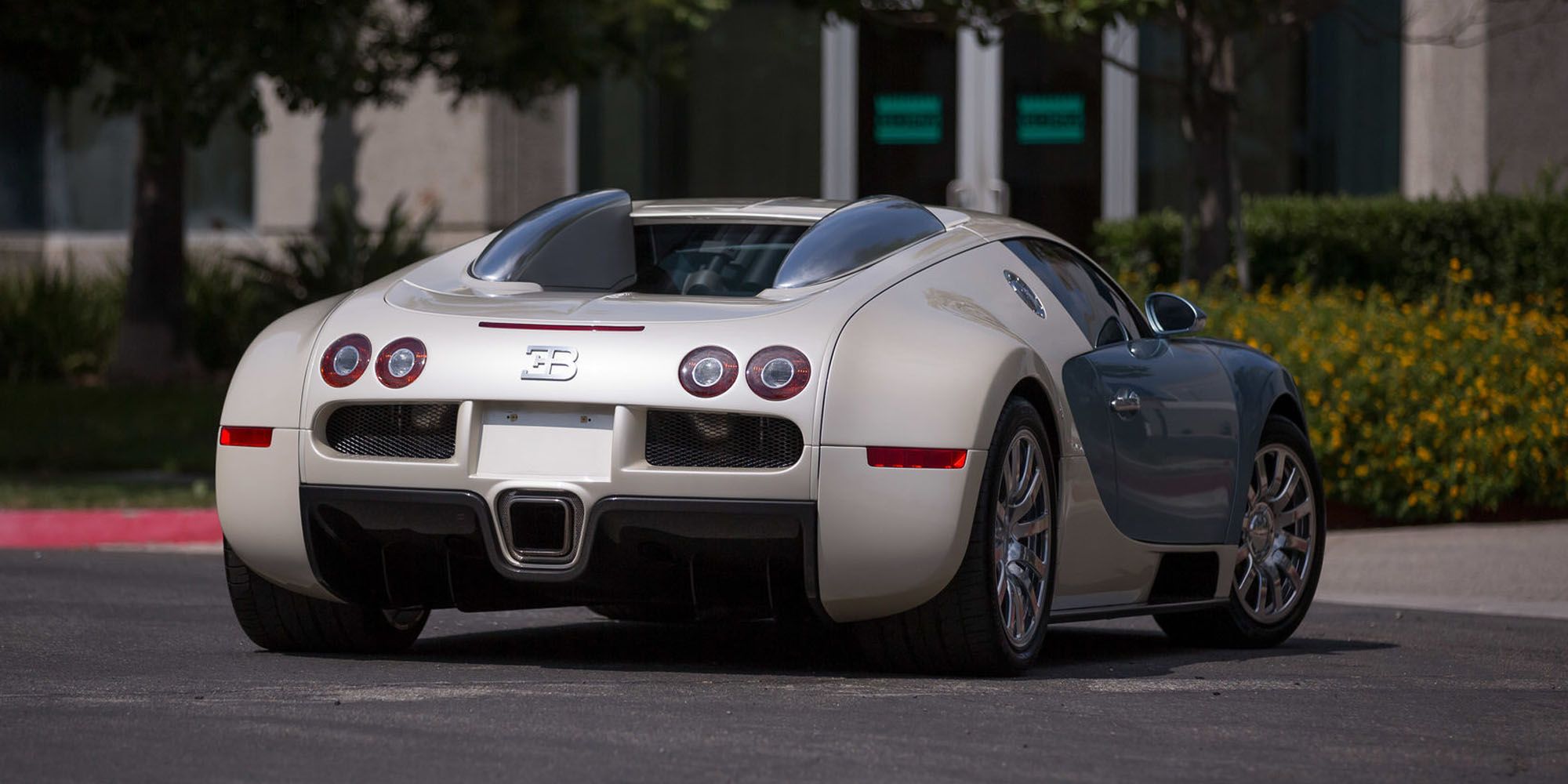Cars have been around for more than a century. Though they had humble beginnings and very few people could afford them, they got more and more advanced and more accessible to people. Eventually, some truly amazing cars started coming, and coming fast. Today, the 60s are a revered era for cars, as some of the greatest of all time came from that very decade, and some ugly ones too.
However, there's another decade that was truly incredible for both the automotive industry and automotive enthusiasts alike; the 2000s. Before emissions regulations started getting as stringent as they are today, automakers' engineering departments were allowed to go totally crazy for one last time, resulting in some legendary machines and awesome sports cars.
11 Porsche Carrera GT
To this day, the Carrera GT is one of only three proper Porsche supercars. Preceded by the 959 and succeeded by the 918 Spyder, the Carrera GT was previewed by a concept car in the year 2000, which was followed by the stunning production car in 2005.
The Carrera GT represented the final chapter, the final battle cry of the analog supercar. The 5.7-liter V10 engine was originally designed for F1 cars, but then it found its way in the Carrera GT where it made 612 hp. It used a 6-speed manual transmission with three pedals, and if you made a hash of things while driving it, no one was coming to save you. All of these aspects and many more are the reason why Carrera GTs are knocking on the door of $1 million today.
10 BMW M3 CSL (E46)
Before BMW's bizarre social media actions and their desperate defense of the massive new kidney grilles, with claims that a whole 20% of the customer base likes the design, things used to be different. In the 2000s, BMW was at its absolute best.
The E39 M5 was a truly brilliant car, and so was the monstrous V10-powered E60 M5, which was as thrilling as it was hopelessly unreliable. Possibly the best BMW to come out of the 2000s was the E46 M3, which was sold until 2006. The base car was already brilliant, but the lightweight CSL made it even better. You didn't get a radio or AC, and you got a cardboard trunk floor, but all of that was made up for behind the wheel. As a result of its qualities, the M3 CSL is now worth tons of money.
9 Ford GT
To celebrate their 100th anniversary and to finally enter the supercar market properly, Ford devised a rather special car in the early 2000s. The 2005 GT took a lot, and we do mean a lot of its design cues from the LeMans-winning GT40 of the 60s, famously developed because Enzo Ferrari backed out of a buyout deal from Ford.
People were skeptical about the GT when it came out, but all of that skepticism completely dissolved as soon as everyone drove it; it was better to drive than even some Ferraris at the time, and it was also just as fast or maybe even faster, thanks to the 550 hp 5.4-liter supercharged V8 in the middle. While the 2005 and 2006 GT models' value hasn't risen quite as ridiculously as the new GT, they haven't really dropped either, and they're highly collectible and very valuable.
8 Volkswagen Touareg R50
While the Italians were busy making some of the best supercars in their entire model history, Volkswagen busy was cramming even more ridiculous engines into even more ridiculous cars. Possibly the most insane of all, aside from the straight-up bizarre Passat W8, was the Touareg R50.
The Touareg R50 was never sold in North America, which was a real shame. Under the hood of this aggressive, but deeply vulgar SUV was a 5.0-liter twin-turbo V10 engine... which ran on diesel. Yes, VW really did make an engine like that back in the 2000s. Hard to believe that this is the same company that, 15 years later, wants to surpass Tesla in terms of EV volume sales. The V10 TDI made 345 hp and 627 lb/ft torque, the latter figure being enough, apparently, to tow an entire Boeing 747.
7 Mercedes-Benz SLR McLaren
After the Earth-shattering F1 of the 90s, Britain's McLaren wanted to get back into the supercar business. Due to a lack of financing, they decided to collaborate with the Germans, which resulted in the creation of the Mercedes-Benz SLR McLaren. It really was a once-in-a-blue-moon supercar.
Sporting one of the most beautiful and timeless exterior designs of all time, the SLR McLaren, despite the Benz badging, was built in McLaren's factory in the UK. It used a 5.5-liter supercharged V8 with 621 hp and one of the most endearing engine notes ever, which by the way, came out of an exhaust pipe placed behind the front wheels. It could do 207 mph, and it was one of the first production cars with an "air brake" rear spoiler.
6 Pagani Zonda
Mr. Horacio Pagani was a man with a dream. He wanted to work as a designer at Lamborghini since he was a kid, and absolutely nothing could stop him, as he eventually went on to design the Countach 25th Anniversary Edition.
But then, Horacio had an idea. He decided to produce a supercar that would rival Lamborghini and Ferrari, and in many ways surpass them. Many previous efforts of the same caliber almost immediately fell through, but Pagani pulled off the Zonda so well, they're still making one-off versions of it to this day. The Zonda F was one of the best of the breed, with a 650 hp 7.3-liter AMG-built V12, a body and engine note to die for, and a price tag that will have you in tears.
5 BMW M3 (E92)
When the BMW M3 was first introduced in the 1980s, it used a 4-cylinder engine. That might surprise people who are more familiar with modern M3 models, but that's the way it used to be. Then the E36 adopted a 3.2-liter I6, and the succeeding E46 also had a 3.2-liter I6. Then came the E92.
As part of BMW's mid-2000s engine insanity, the E92 M3 was the first and only M3 generation to be powered by a V8. People were cautious about the M3, as they were afraid the heavy V8 engine would have upset the dynamics, a signature item of any M3. BMW's engineers didn't let that happen, and the characterful N/A V8, which displaced 4.0 liters and made 414 hp, could scream its way to an 8,300 RPM redline.
4 Lamborghini Murcielago
After Audi took over Lamborghini in 1998, they decided that the Italians needed some common sense crammed into their cars. The first fruit to come out of this labor was the Murcielago, introduced in 2002, and definitely one of the most beautiful modern Lamborghinis.
It manages to be dramatic and showstopping, while also retaining relatively clean lines and design cues. Things get even better when the flying buttresses are deployed on the rear flanks, a reference to "murcielago" being the Spanish word for "bat." The early Murcielagos had a 6.2 liter V12 with around 570 hp and a delightful exhaust note. It went through various changes until it was killed off in 2010, but the original is highly sought after, as it was the only one offered with a manual transmission.
3 Infiniti G35
No one is sure what exactly is going on at Infiniti in the modern-day. Their cars are sub-par, they refuse to update their 10-year-old interiors, and the cars simply aren't as good as the competition. Rewind the clock to 2003, however, and things were very different.
That was the year when Infiniti, trying its best to stick it to the Germans, introduced the G35. They had done it; finally, there was a compact luxury sedan that was better than the BMW 3 Series, and sales for Infiniti took off from there. The original G35 also came as a beautiful coupe model, which was offered with a manual transmission. It also happens to be a fantastic sports car bargain. Speaking of which...
2 Chevrolet Corvette Z06 (C5)
Few cars can match the C5 Corvette Z06 when it comes to sports car bargains. Introduced in 2001, and being the last Corvette model to use pop-up headlights (which is very important), the Corvette Z06 was a great performance car.
The LS6 V8 under the hood made around 400 hp, a healthy number for the relatively lightweight, predominantly fiberglass Corvette. It was also only offered with a 6-speed manual transmission, and nowadays, even very well-kept examples of the C5 Z06 can be found for around $25,000.
1 Bugatti Veyron
Finally, there is no way we can talk about cars from the 2000s without talking about arguably the most important car of that decade; the Bugatti Veyron. A few years before the Veyron arrived in 2006, Volkswagen acquired the brand and went on an ungodly mission to develop a supercar with 1,000 hp.
Some people, most notably Top Gear back when the Veyron was still in development, made fun of the VW Group's claims. Then, the Veyron 16.4 exploded onto the scene in 2006, and it did it; it really did have 1,000 hp, and it really could do 253 mph. The McLaren F1 was dethroned just 8 years after it set the record. That alone makes the Veyron the most important car to come out of the 2000s, and yet another piece of evidence that Volkswagen went totally insane during that decade.

